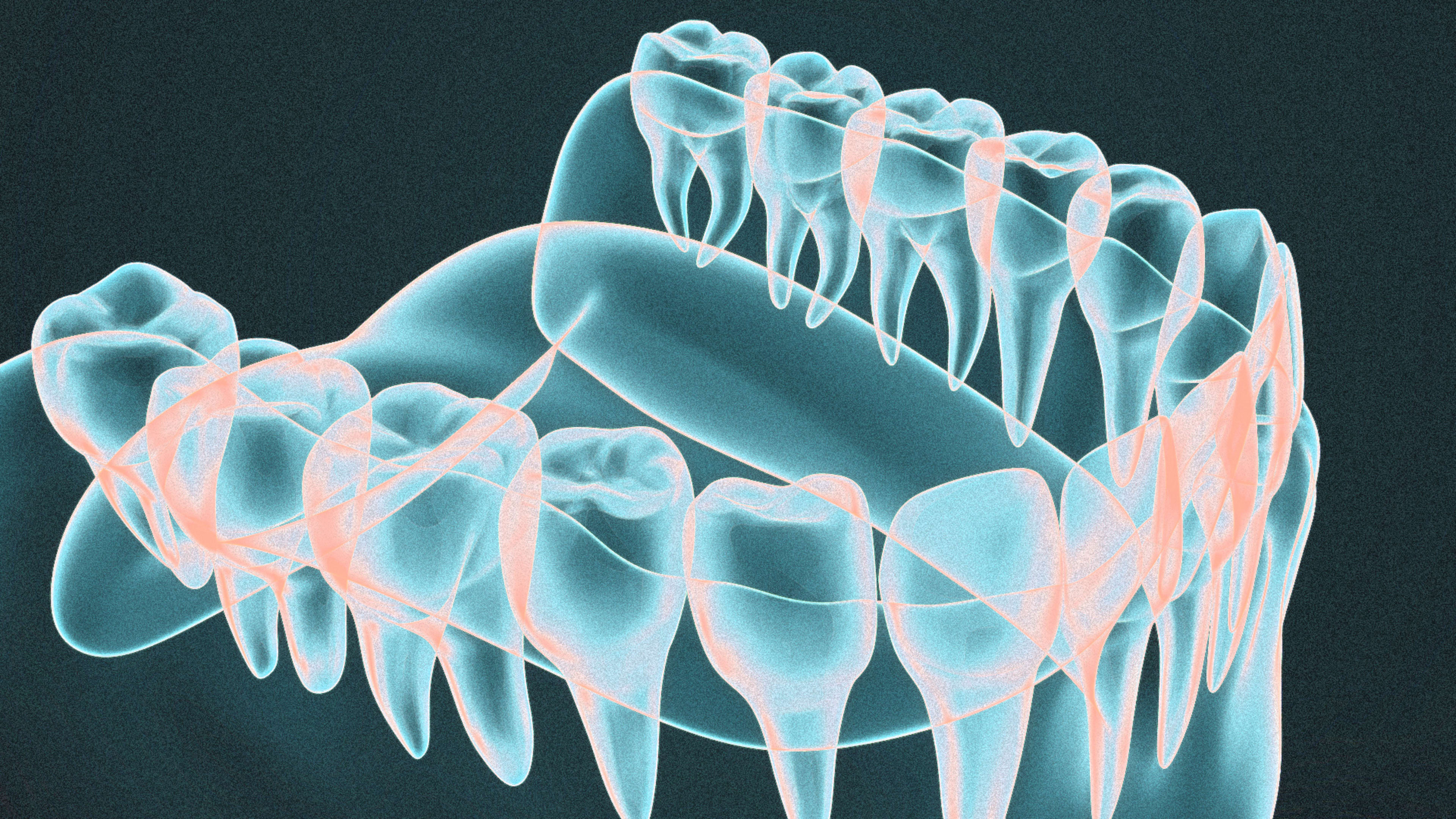In September, the Houston Chronicle issued some damning findings about the way the Texas prison system treats inmates who lack teeth. Rather than equipping them with dentures, prison officers tell inmates to either gum their cafeteria food, or ask for it to be pureed together in a blender. Only should an inmate become underweight due to being unable to chew would dentures be considered a medical necessity. The state prison system gave out only 71 sets of substitute teeth to a population of over 149,000 inmates in 2016.
Shortly after the investigation came out, the Texas prison system began to reform its ways. As of October, inmates could access a dedicated denture clinic, located at a central point in the system, where they could meet with a prosthodontics specialist hired specifically to fit inmates in need with teeth.
By the spring, though, the system will take it a step further and begin offering 3D-printed dentures, becoming, as Chronicle reports, the first corrections agency in the country to do so. Printing dentures, rather than using the traditional mold system, could speed up delivery time from months to weeks. At the various state prisons, trained technicians can use a wand to scan inmates’ mouths, then send the images off to be printed into dentures that could be delivered to inmates for as little as $50. The initial equipment, of course, will be expensive to purchase–as much as $100,000–but will enable the system to more cost-effectively deliver dentures to more people over time. According to the University of Texas Medical Branch, which is working with the prison system on the new denture program, they’ll be able to process 10 denture orders per day.
In Texas, the new program is certainly a welcome development, but one that’s emerged out of years of dire need and neglect across the prison system. Up until 2003, inmates used to produce dentures onsite in prisons through a vocational program. With the program over, Texas only gave out 71 sets of dentures in 2016. California, with the second largest prison system after Texas, equipped inmates with 4,818 dentures that same year.
While the promise of personal 3D printing has failed to so far come to pass, across the medical profession, the technology is growing. It’s used to produce custom prosthetics for people in need, and more recently, researchers are experimenting with 3D-printing skin to cover wounds, and even working organs, like hearts, from patients’ cells. But people in the medical profession are surprised to see it roll out in a prison system. “It’s unusual for any state entity to be that far ahead of the curve in technology–that’s what really makes me scratch my head,” Jay Shulman, adjunct dentistry professor at Texas A&M, told the Chronicle. “If this were an academic institution, I could see it. But a prison?”
As the technology for dentures is still rather new, Shulman cautions that the 3D printed teeth may require some adjustments for inmates to ensure comfort and efficacy and that will have to be managed through in-person care. Given the Texas prison’s system poor track record with delivering that kind of personal care, this could present a further opportunity for reform, or signal another way in which the system could fail inmates.
Recognize your brand’s excellence by applying to this year’s Brands That Matter Awards before the early-rate deadline, May 3.
